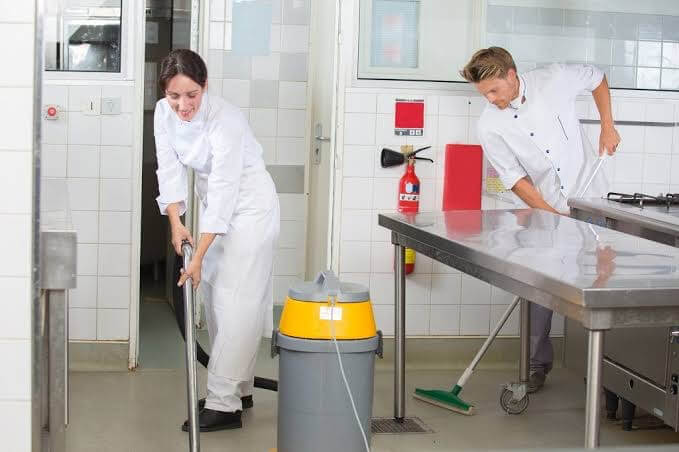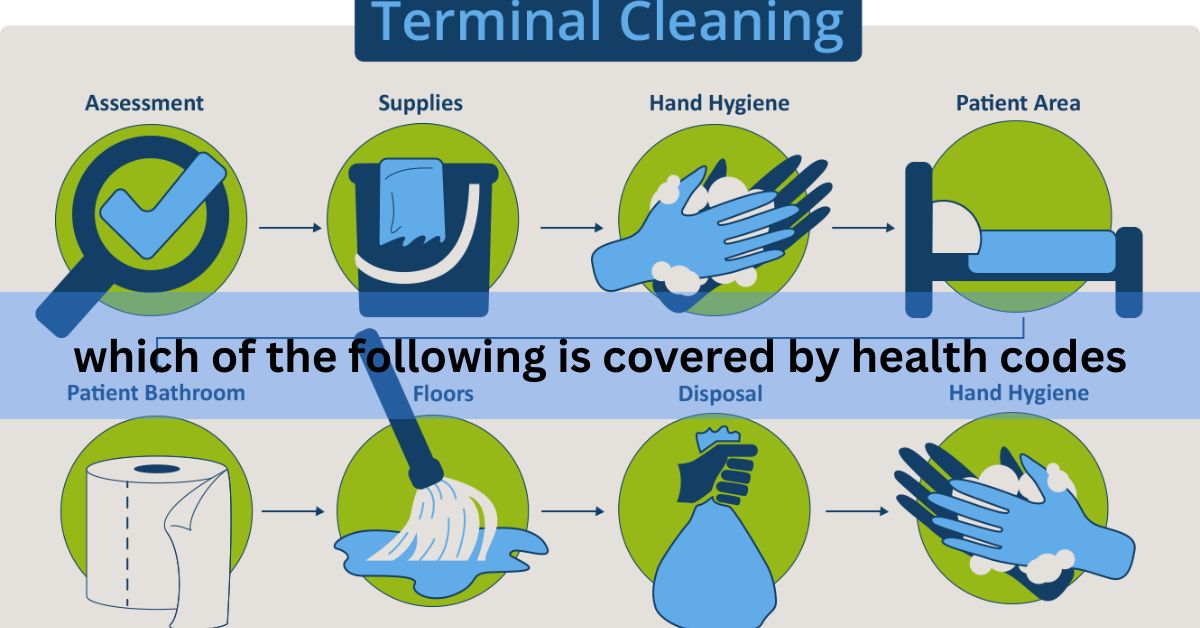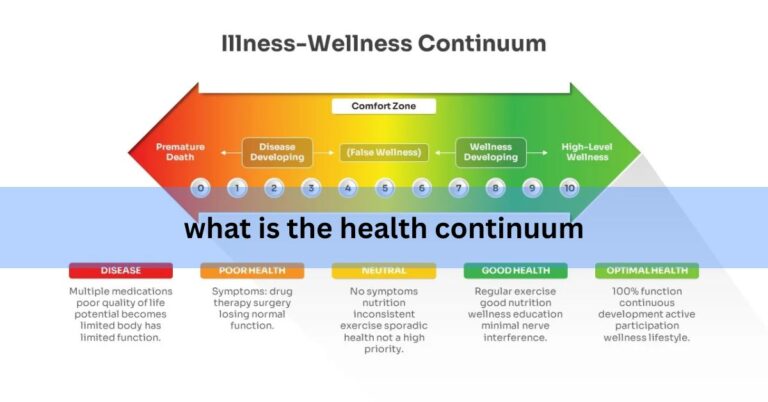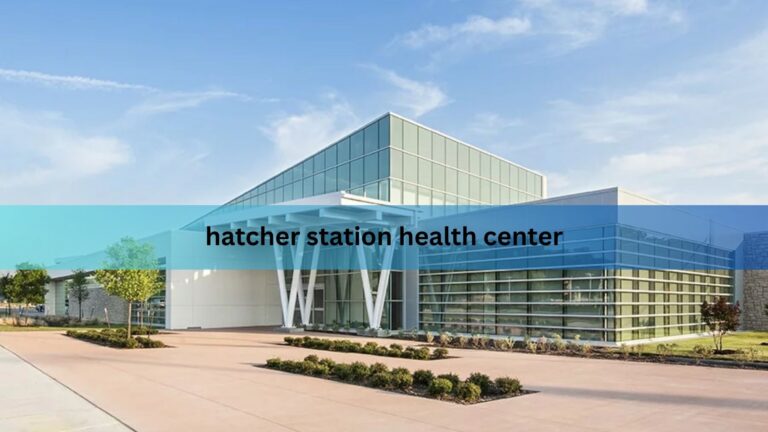Which of the following is covered by health codes – Learn Health Code Rules!
Health codes are the backbone of public health and safety in the United States. They are enforced to ensure that food, water, sanitation, and environmental conditions meet standards that minimize risk to the public. Whether you’re a restaurant owner, healthcare worker, or an everyday consumer, understanding what’s covered by health codes is essential for promoting health and preventing illness.
One of the most commonly asked questions is: “Which of the following is covered by health codes?” The answer is often tied to sanitation, cleanliness, equipment hygiene, and facility maintenance. But there’s much more to explore.
In this comprehensive guide, we will dive deeply into what health codes encompass, how they’re implemented, and why they matter—especially in the food service, healthcare, and hospitality sectors.
What Are Health Codes?
Health codes are a set of regulations designed and enforced by state and local health departments to protect the health and well-being of the public. These codes apply to various establishments, including:
- Restaurants and food trucks
- Schools and daycare centers
- Healthcare facilities
- Hotels and motels
- Public restrooms and recreational areas
Health codes are typically enforced through inspections, certifications, and penalties for non-compliance. They’re updated regularly to reflect the latest public health research, safety standards, and legal requirements.
Which of the Following Is Covered by Health Codes?

Sanitation of Premises and Equipment
Sanitation is the most universally covered component of health codes. It ensures that facilities maintain a clean environment free from contamination, pests, and harmful bacteria.
Key areas include:
- Clean and disinfected kitchen equipment
- Safe food handling and storage practices
- Regular waste disposal
- Pest control measures
- Clean restrooms and handwashing stations
Why It Matters: Proper sanitation prevents foodborne illnesses, cross-contamination, and the spread of infectious diseases.
Employee Hygiene and Health
Health codes also cover the hygiene practices of employees, especially in food service and healthcare industries. This includes:
- Proper handwashing techniques
- Use of gloves and hairnets
- Reporting illnesses that could impact public health
- Wearing clean uniforms or scrubs
Why It Matters: Employees are often the first line of defense in preventing contamination or outbreaks.
Safe Food Preparation and Storage
Health codes specify requirements for:
- Cooking food to the correct temperature
- Avoiding cross-contamination
- Storing food at proper temperatures (refrigeration or heating)
- Labeling and rotating stock using the FIFO (First In, First Out) method
Why It Matters: Incorrect food storage and preparation can lead to food poisoning, which affects millions each year.
Building Facilities and Structural Integrity
Health departments also inspect structural aspects such as:
- Plumbing systems (clean water supply and waste disposal)
- Ventilation and air quality
- Working refrigeration units
- Sinks and drainage systems
Why It Matters: Poor infrastructure can compromise sanitation and increase the risk of mold, mildew, and other hazards.
Who Enforces Health Codes?
Local Health Departments
They perform regular and surprise inspections of food establishments.Their focus is on ensuring hygiene, food safety, and compliance at the local level.
State Health Agencies
These agencies create statewide health regulations and oversight procedures.They coordinate with local departments and manage licensing and enforcement.
Federal Agencies (e.g., FDA and CDC)
The FDA sets national food safety standards and labeling rules.The CDC handles health data, foodborne illness tracking, and emergency response.
Also Read: What Are The Terms Under Health Halo -Common Terms And How To Navigate Them!
Health Code Violations and Their Consequences:
Violations of health codes can lead to:
- Temporary or permanent closure of a business
- Heavy fines or legal action
- Loss of licenses or permits
- Damage to reputation and customer trust
Some of the most common violations include:
- Improper food storage
- Cross-contamination
- Rodent or pest infestations
- Dirty food prep surfaces
- Lack of employee handwashing
Health Codes in Food Service: A Closer Look
Restaurants, food trucks, and catering businesses are among the most heavily regulated establishments under health codes. Specific rules apply to:
- Food sourcing: Ingredients must come from approved suppliers.
- Cooking temperatures: Meats must be cooked to minimum internal temps.
- Holding temperatures: Hot food must stay hot, and cold food cold.
- Cleaning schedules: Surfaces must be cleaned frequently using approved sanitizers.
Health Codes Beyond Restaurants:

Hotels and Motels
Hotels must provide clean bedding and thoroughly disinfected bathrooms to ensure guest hygiene and comfort. This includes sanitizing sinks, toilets, and showers between stays. Additionally, well-maintained HVAC systems are essential for proper airflow, temperature control, and reducing indoor air contaminants.
Schools and Daycares
School cafeterias must follow strict food safety rules to ensure meals are nutritious and safe. Proper cooking and temperature control help prevent foodborne illnesses and keep students healthy.
Handwashing stations with soap and running water are required in schools and daycares. Teaching proper hand hygiene reduces the spread of illness and supports a healthy environment.
To protect children, playgrounds must be safe and regularly inspected. Classrooms and common areas are also cleaned often, creating a clean and secure space for learning.
Healthcare Facilities
Sterilizing medical instruments is vital to prevent cross-contamination and infections. Isolation rooms help contain contagious diseases and protect others. Proper medical waste disposal reduces environmental and health risks. Together, these protocols ensure a safe, hygienic healthcare environment.
Evolving Health Code Standards in a Post-Pandemic World
The COVID-19 pandemic has reshaped how health codes are interpreted and enforced. Many jurisdictions have added new standards, such as:
- Routine sanitization of high-touch surfaces
- Health screenings for employees
- Mandatory face coverings in certain settings
- Capacity limits for social distancing
Is hand washing required under health codes?
Yes, handwashing is required under health codes to prevent the spread of foodborne illnesses. It is mandatory for food handlers to wash their hands after using the restroom, handling raw food, or touching unsanitary surfaces. Compliance helps maintain safe and hygienic food service environments.
How to Stay Compliant with Health Codes?
If you’re a business owner or manager, here are some best practices:
- Train staff regularly: On hygiene, safety, and sanitation protocols.
- Conduct internal audits: Don’t wait for the inspector to find an issue.
- Use checklists: For daily, weekly, and monthly cleaning tasks.
- Stay updated: Laws and codes change. Subscribe to updates from your local health department.
FAQ’s:
1. Which of the following is typically covered by health codes?
Sanitation of premises and equipment. Health codes are designed to ensure cleanliness and safety in public and commercial environments.
2. Are aesthetics like lighting and décor part of health codes?
No. While cleanliness of all visible surfaces matters, décor and ambiance are not covered under health codes.
3. Do health codes apply to home kitchens?
No, unless you’re operating a home-based food business. In such cases, your kitchen must meet local commercial food safety standards.
4. How often are health inspections conducted?
Typically once or twice a year for food establishments, but this may vary based on risk level and past violations.
5. Can a restaurant be shut down for one violation?
Yes, if the violation poses an immediate threat to public health (e.g., sewage backup or rodent infestation).
6. Do health codes differ by state?
Yes. While there are national guidelines (like those from the FDA), each state and municipality may have its own specific codes.
7. Are employees required to report illness under health codes?
Yes. Sick employees, especially those with gastrointestinal symptoms, must be excluded from food prep duties.
9. Can customers file complaints about violations?
Yes. Most health departments have hotlines or websites where customers can report unsanitary conditions.
Closing Thoughts:
Health codes are essential tools for maintaining public safety, hygiene, and trust. While the key focus is on sanitation of premises and equipment, the reach of health codes is vast, impacting food safety, employee hygiene, building standards, and more.
Understanding and complying with health codes is not only a legal obligation—it’s a responsibility to your customers, patients, or guests. By staying informed and proactive, you help create safer environments for everyone.
Read More:






